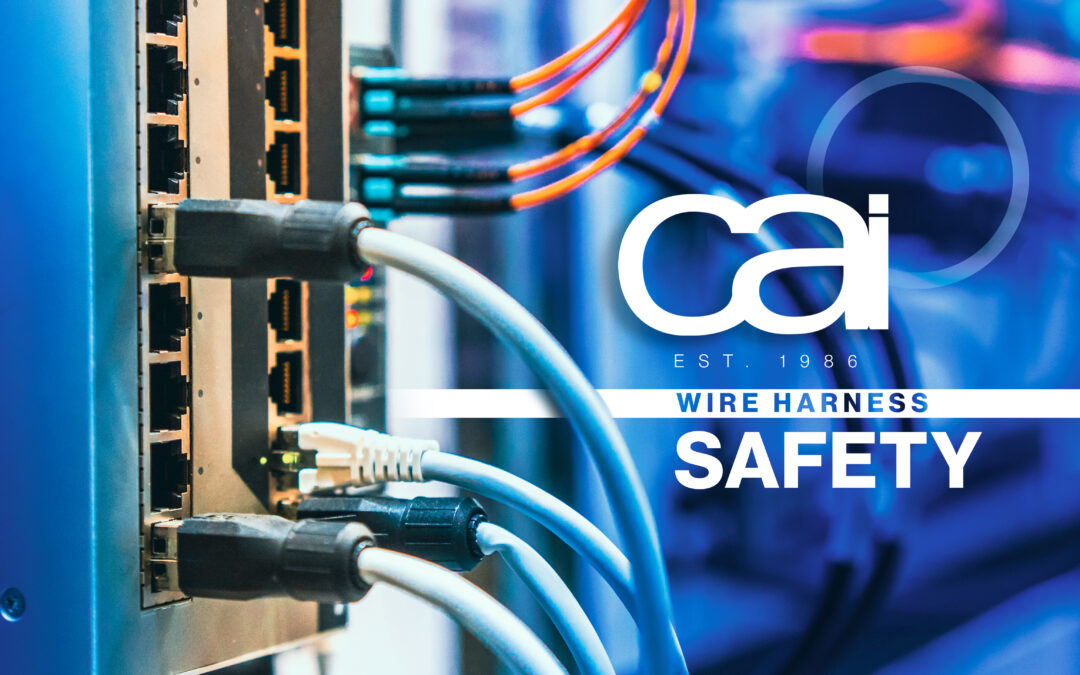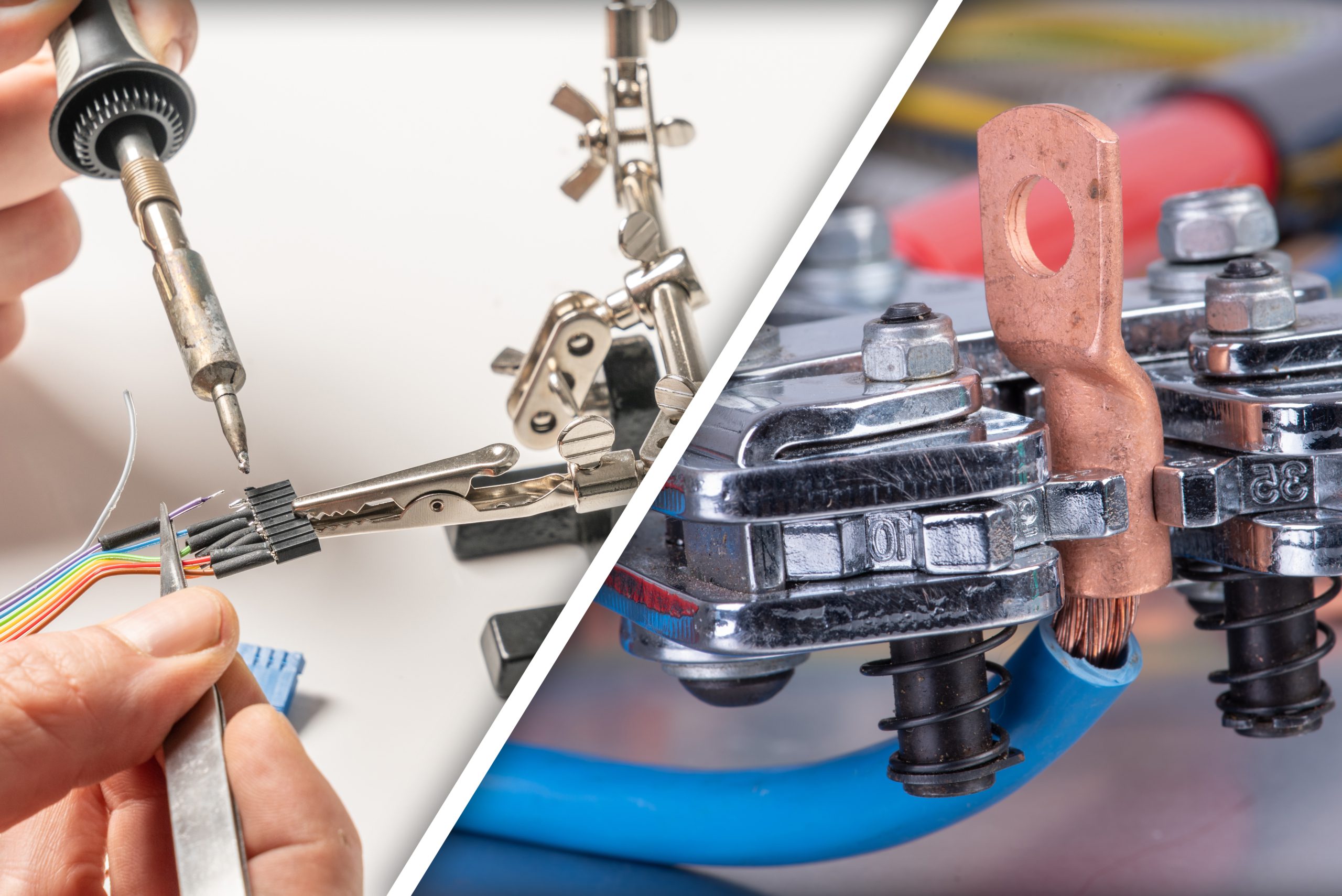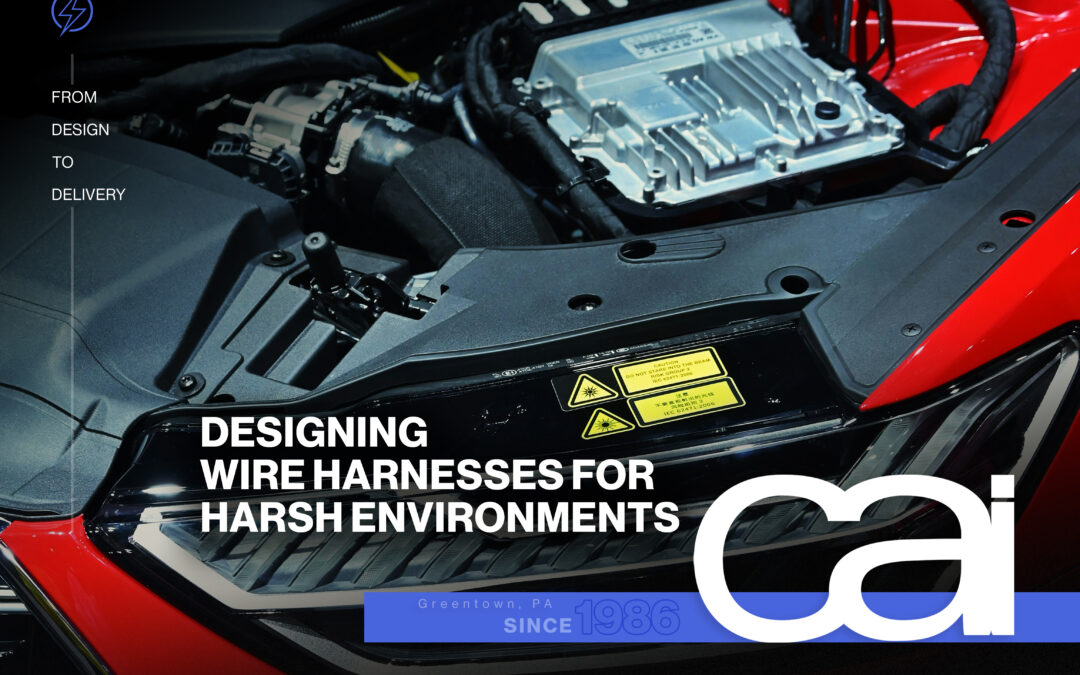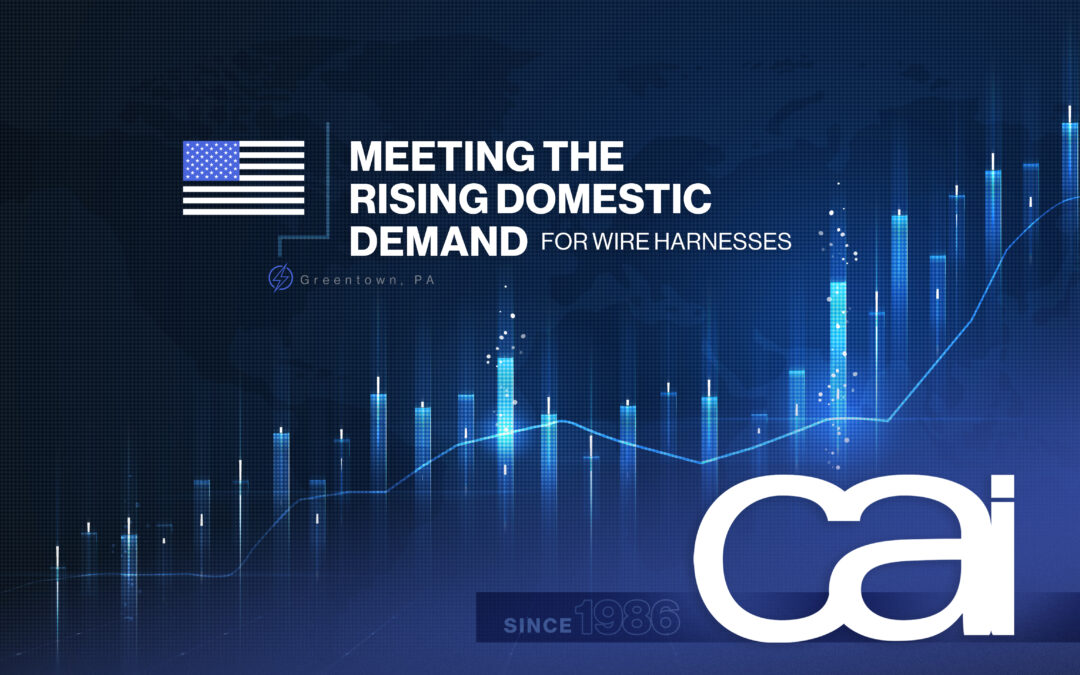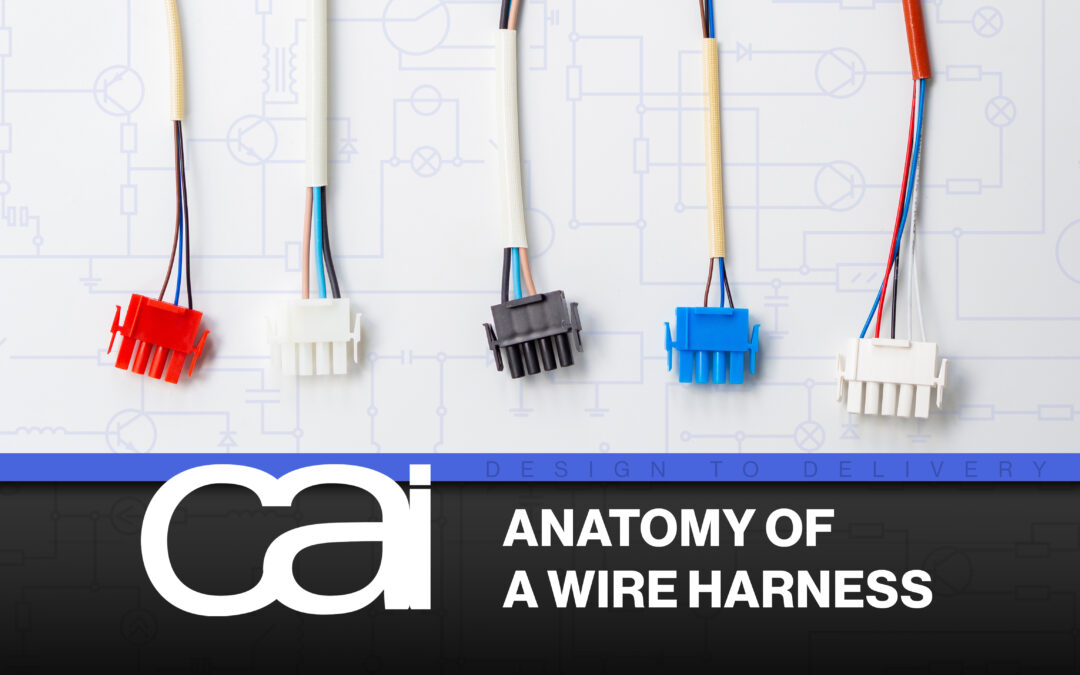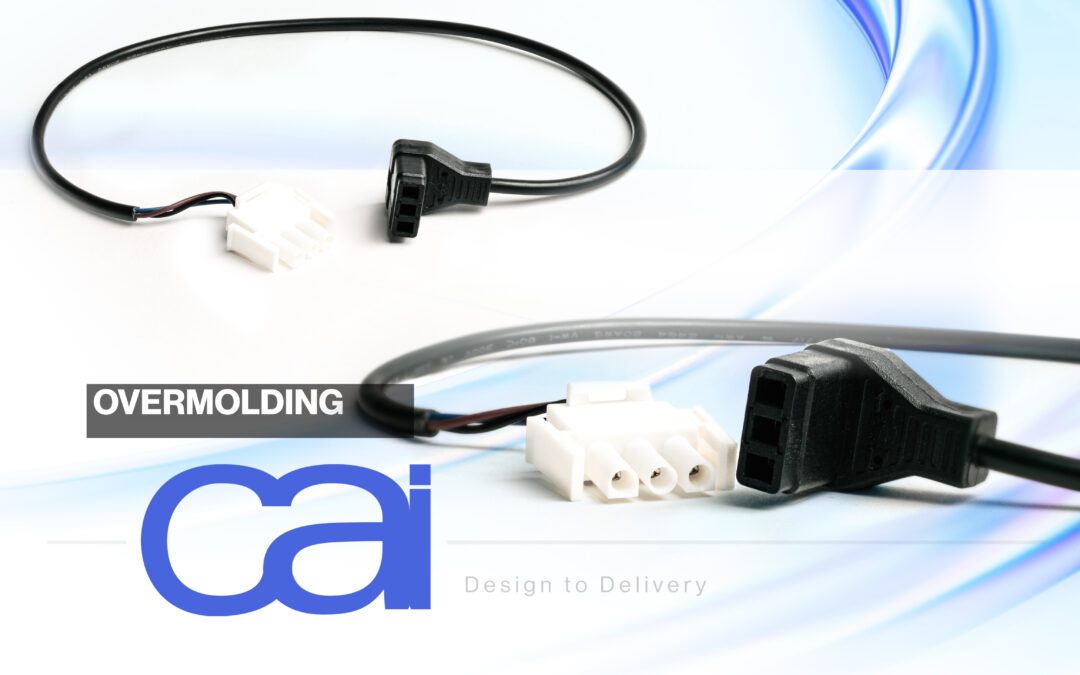Weighing the Pros & Cons of the Two Most Popular Joining Methods
For a complex electrical system to run properly, its collection of wires, circuit boards and other elements are designed to work together seamlessly. Not surprisingly, an electronic device’s performance is greatly affected by how well its components are joined to each other.
The two most common joining methods — soldering and crimping — provide high-quality, long-lasting connections when performed by experienced technicians, but there remains a persistent debate about which is better.
A good argument can be made for each one, but crimping is the preferred choice for most applications. Certain industries which demand high reliability in rigorous environments often use crimping, while soldering is the go-to choice for attaching electrical components during PCBA assembly.
When you have the option of using either, it helps to know the key differences between the two as well as their advantages and disadvantages. Choosing whether crimping or soldering is more appropriate for your electrical needs depends on a number of factors including where and how the electric device is going to be used.
Soldering
Soldering, the more traditional method of wire termination, uses a small amount of melted metal alloy (solder) to create a strong, reliable bond between two components, often a wire (or cable) and another electrical component like a terminal or contact. Using a soldering iron, the typically tin, brass or silver solder is heated to a temperature above 600℉ before being used to join the two components and cooled to make a permanent connection.
Pros
Accessibility, simplicity and affordability are the biggest advantages of soldering. Solder and flux are the only materials needed for soldering, and tooling is minimal (a soldering iron, assorted tips, and fixturing if necessary). A basic soldering kit can be used to perform most soldering applications.
For more delicate, low-current applications, such as circuit boards in consumer electronics, soldering is a reliable method to join conductive materials and terminate contacts that are already mounted in a connector.
Cons
More labor-intensive and time-consuming than crimping, soldering also has a greater risk of its connections succumbing to mechanical or temperature stresses. This makes soldering a less practical option for harsh environments where corrosion, repetitive movement and vibration can cause wires to stiffen and the filler metal to degrade over time, leading to electrical failure.
If the heat generated during the soldering process is not controlled properly, problems can arise including damage to your components when wire, contact or connector thermal limits are exceeded. Meanwhile, if the solder does not completely melt, the “cold solder” joint can produce a rough, inconsistent surface, resulting in a weak bond.
Also, some non-RoHS solder formulations contain lead which can produce dust and fumes that are hazardous.
For all your crimping and soldering needs, trust our experienced technicians at CAI to do it right. Let us know how we can help.
Crimping
Instead of thermally connecting with solder, crimping uses pressure to connect wires or a wire and another electrical component like a terminal or contact. The process can be performed either by hand using calibrated crimping tools or by automated fixture crimping machines. Hand-held crimpers work when the handles are squeezed together in order to compress (or crimp) the conductive materials together. Here at CAI we have vast experience and a significant shop of calibrated crimping hand tools and machine fixtures.
Pros
Crimped connections are more flexible, heat-resistant and vibration-resistant than soldered ones which have greater potential for wire fatigue and stiffening. Crimping is often more consistent than soldering, which can vary according to method or technician. Meanwhile, the crimp-on process is simple, quick and easy to repeat when you know what you’re doing.
Properly crimped wire strands can create a “cold weld” in which the pressure is so great that the metals and their oxide layers form on a micro-level. That’s why crimping is the technique of choice in industries, such as aerospace and automotive, which demand the strongest, most reliable connections and can’t risk the degradation of filler metals.
Cons
Crimping usually requires tools that are specific to the contacts being used. It can be expensive to have the proper tools, but using the wrong tool can damage the connector and produce inconsistent connections.
When crimped connections become un-crimped or start to fail, in most cases, the entire connector assembly must be replaced. Re-crimping or re-installing the faulty connection is not advised.
CAI is here to help you with choosing between crimping or soldering. CAI has years of experience in considering the types of connections needed and which is best for your specific industry. At CAI we can help you weigh the pros and cons of each for your specific application, remembering that the quality of the connection is a most essential factor in product performance.
For reliable, expertly performed soldering or crimping connections and help with your custom component, wire harness, or cable assembly projects, reach out to us today.
